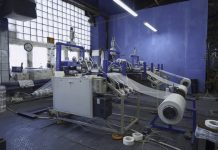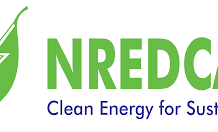A team of scientists from the Institute of Advanced Study in Science and Technology (IASST), an autonomous institution under the Department of Science and Technology (DST), created a novel metal oxide nanocomposite designed for the photocatalytic breakdown of organic pollutants, including dyes and pharmaceuticals.
The development offers a sustainable approach to environmental cleanup. Metal oxide photocatalysis is a promising method for eliminating organic contaminants from water bodies.
Catalysts such as titanium dioxide (TiO2), zinc oxide (ZnO), and tungsten trioxide (WO3) are particularly effective due to their large surface areas and stability. The metals, when exposed to light, produce electron-hole pairs that degrade pollutants into non-toxic by-products.
However, the efficiency of this process depends on various factors such as the type of metal oxide, its crystal structure, light parameters, pollutant concentration, pH levels, and catalyst loading. Optimizing these factors is key to enhancing degradation rates.
The IASST team, led by Arundhuti Devi, investigated and tested a nickel-doped TiO2 on Fuller’s earth (NiTF) as a photocatalyst for the decolorization of methylene blue. The findings showed that it achieved 96.15 percent decolorization of the dye solution at pH 9.0 under visible light within 90 minutes.
The use of Fuller’s earth enhanced TiO2’s adsorption in the absence of light, indicating that it could be a cost-effective option for environmental photocatalysis.
As reported by daijiworld.com, the nanocomposite holds potential for a range of applications including catalysis, energy storage, sensors, optoelectronics, biomedical fields, coatings, and the production of renewable energy through water splitting.






























